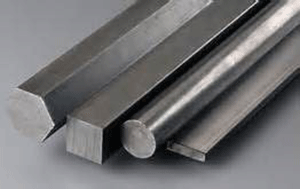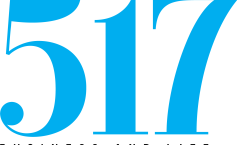Cold drawn steel comes in a variety of shapes, sizes and specifications. Determining the specifics of the cold drawn steel is up to the customer, so they are in line with their own needs and future applications. Here are a few of the most common shapes of cold drawn steel that you’ll find on the market.
Overview of Length
During the manufacturing process of cold drawn steel bar or wire, the length of the product is typically long and requires saw cutting. The desired lengths of the cold drawn steel bar or wire is determined ahead of time and are cut to meet those specifications. Because the factor of length can be easily adjusted, more variation and categorization of cold drawn steel bar or wire products lies within the shape of the steel product that is produced.
Rounds
 A round cold drawn steel bar or wire product takes on a cylinder shape, or a circular shape if you remove the dimension of length. The size of rounds is measured by their diameter.
A round cold drawn steel bar or wire product takes on a cylinder shape, or a circular shape if you remove the dimension of length. The size of rounds is measured by their diameter.
Squares
Squares take on a square shape because the width and thickness of the bar or wire is the same.
Flats
Flats are similar to squares, except the widths and thicknesses are of different lengths. Width are often called rectangles, as their shape is essentially that shape.
Hexagons
 Hexagons, or hex bars, have six equal sides that are all the same size. Each edge is sharp and defined, and the dimensions do not change throughout the bar’s length.
Hexagons, or hex bars, have six equal sides that are all the same size. Each edge is sharp and defined, and the dimensions do not change throughout the bar’s length.
Octagons
Octagon bars and wires have eight sides that are all the same size. Similar to the hexagons, the edges are precise and don’t change throughout the length of the bar.
Other Shapes
These are the standard shapes used for making cold drawn steel products. These shapes serve as the starting point for forming the desired end product of the bar or wire, and are often pulled through carbide dies that are contoured to form the specific shape desired.





